Table Of Content
- Choosing the Right Cplanet’sLocation
- Consiyou’refety First
- Look for Existing Fire Pits
- Check Local Regulations
- Selecting Sustainable Firewood
- Choose Local and Seasoned Firewood
- Avoid Treated or Painted Wood
- Opt for Sustainable Alternatives
- Utilizing Natural Fire Starters
- Birch Bark
- Fatwood
- Building a Low-Impact Campfire Pit
- Choose the Right Location
- Consider Sustainable Kindling
- Monitor Your Fire
- Extinguish Responsibly
- Practicing Proper Fire Safety Measures
- Keep a Safe Distance
- Never Leave Your Fire Unattended
- Extinguish Your Fire Completely
- Dispose of Ashes Properly
- Using Econature’sy Cooking Methods
- Opt for Sustainable Cookware
- Cook with Natural Ingredients
- Utilize Renewable Energy Sources
- Practice Leave-No-Trace Principles
- Respecting Fire Bans and Restrictions
- Preserving NatureHere’sance
- Ensuring Public Safety
- Setting a Positive Example
- Frequently Asked Questions (FAQs)
- What are eco-friendly campfire practices?
- How can I reduce the environmental impact of my campfire?
- What should I do with the ashes after the campfire?
- Is it safe to use fallen branches for a campfire?
- How can I start a campfire without harming the environment?
- Why is it essential to properly extinguish a campfire?
Creating a safe and sustainable campfire is essential for adhering to Leave No Trace principles and protecting the delicate ecosystems surrounding us. By making conscious choices and implementing eco-friendly fire practices, we can all help ensure that future generations can continue to enjoy the wonders of the great outdoors.
From selecting the right kind of firewood to properly extinguishing the flames, there are numerous steps we can take to reduce our carbon footprint and promote overall environmental wellness. By following these green campfire tips, we can nurture a deeper connection with nature while actively contributing to preserving our planet’s precious resources.
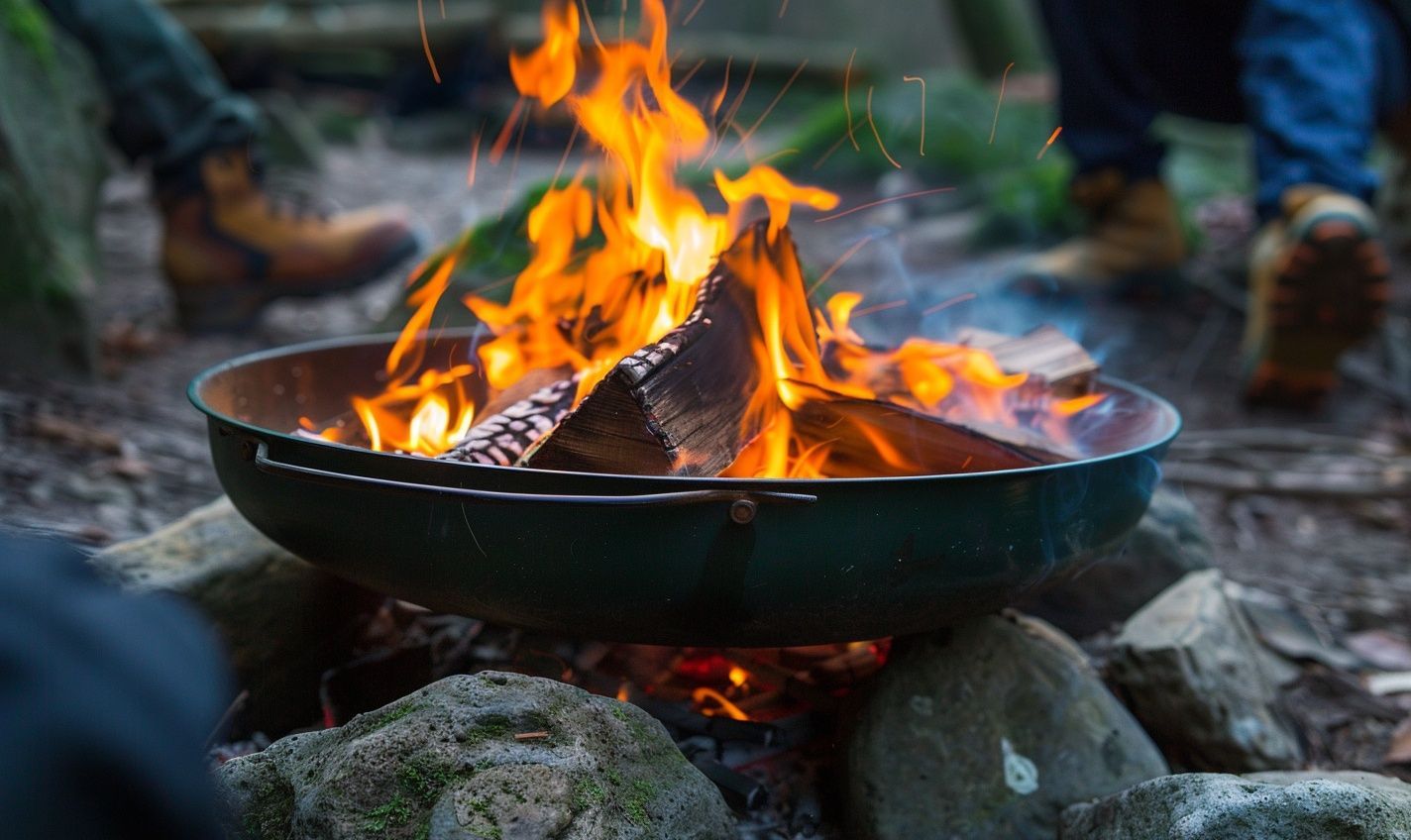
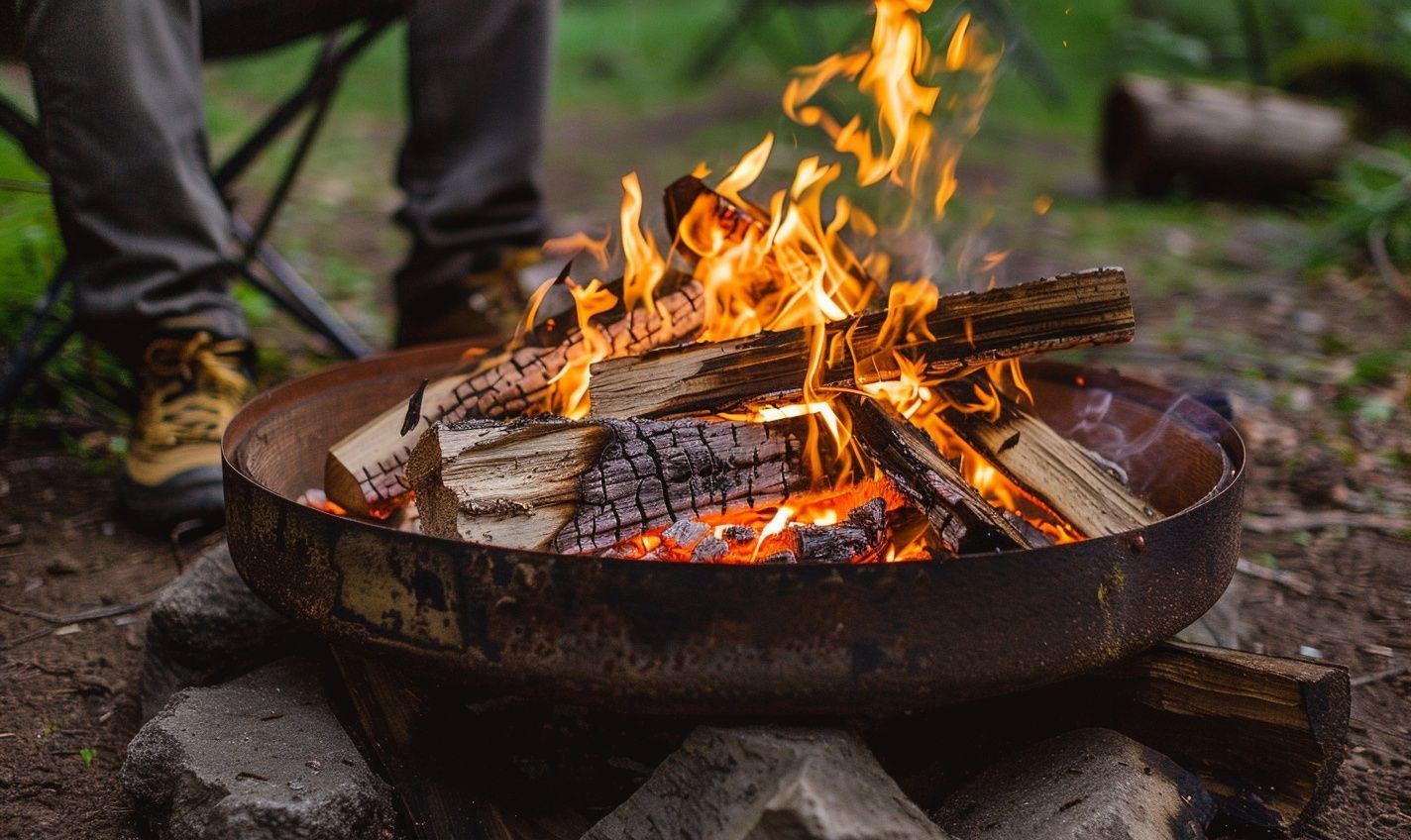
Choosing the Right Cplanet’sLocation
When setting up camp, one of the first crucial decisions to make is where to build your campfire. This choice not only impacts your camping experience, but also the environment around you. Here’s how you can ensure you’re choosing the right location:
Consiyou’refety First
Prioritize safety by selecting a spot away from flammable materials like overhanging branches, dry grass, or bushes. This helps minimize the risk of wildfires.
Look for Existing Fire Pits
Opt for established fire pits or fire rings whenever possible. Using pre-existing fire pits prevents further damage to the surrounding landscape.
Check Local Regulations
Research and adhere to any campfire restrictions or regulations in your camping area. Some places may have bans due to drought conditions or high fire risk.
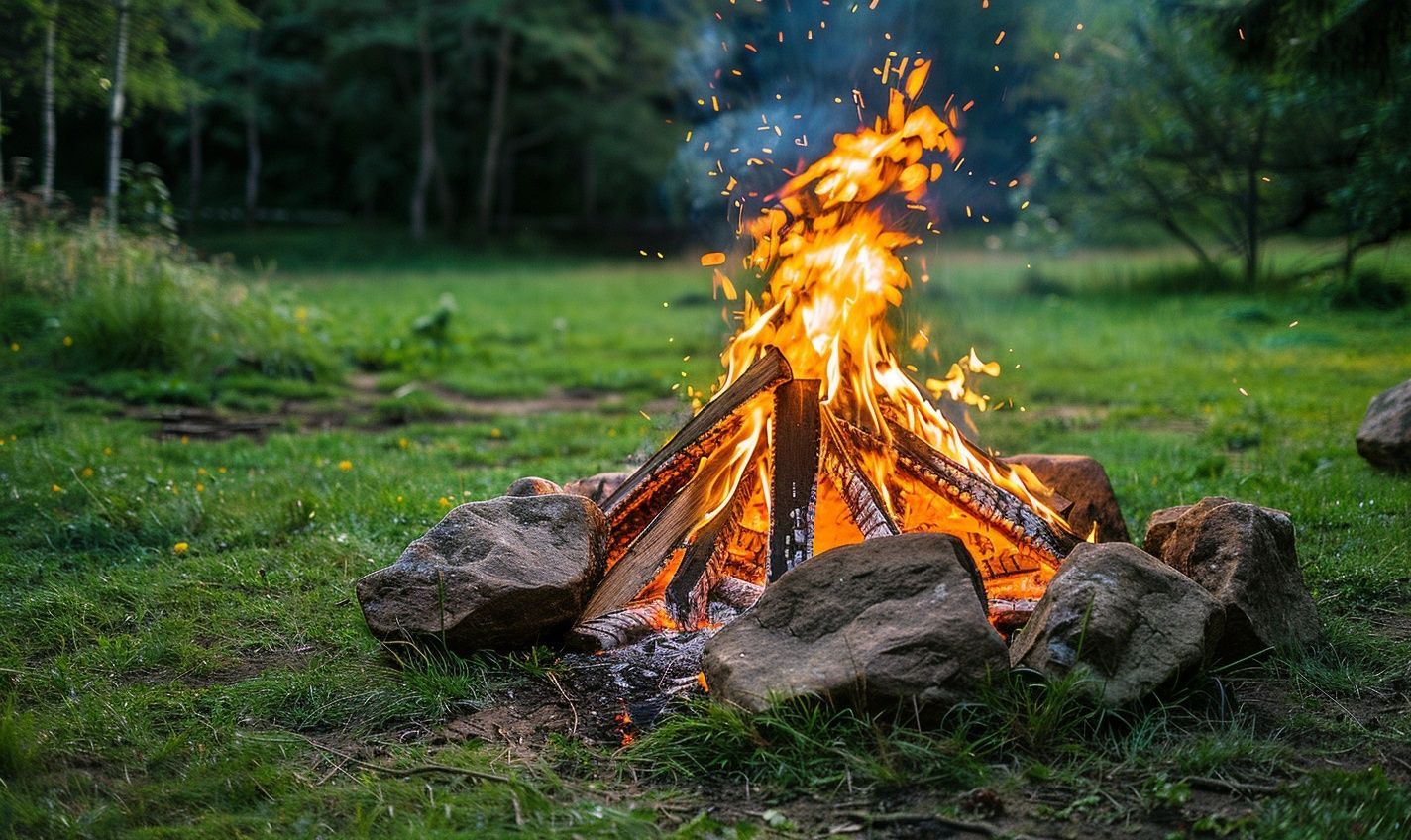
Selecting Sustainable Firewood
Regarding campfire practices, using eco-friendly firewood is crucial for the environment and a safer and more enjoyable camping experience. Here are some tips on how to select sustainable firewood:
Choose Local and Seasoned Firewood
By selecting firewood that is sourced locally, you reduce the carbon footprint associated with transportation. Opt for seasoned firewood that has had time to dry out as it burns more efficiently, producing less smoke and emissions.
Avoid Treated or Painted Wood
Treated or painted wood can release harmful chemicals when burned, posing risks to your health and the environment. Stick to natural, untreated firewood to ensure a cleaner, greener campfire.
Opt for Sustainable Alternatives
Consider using eco-friendly alternatives to traditional firewood, such as bamboo or hardwood. These alternatives are renewable resources that burn cleanly, minimizing the environmental impact of your campfire.
Remember, your choice of firewood can significantly impact the sustainability of your campfire. Selecting suitable firewood reduces your environmental footprint and creates a safer and more enjoyable camping experience.
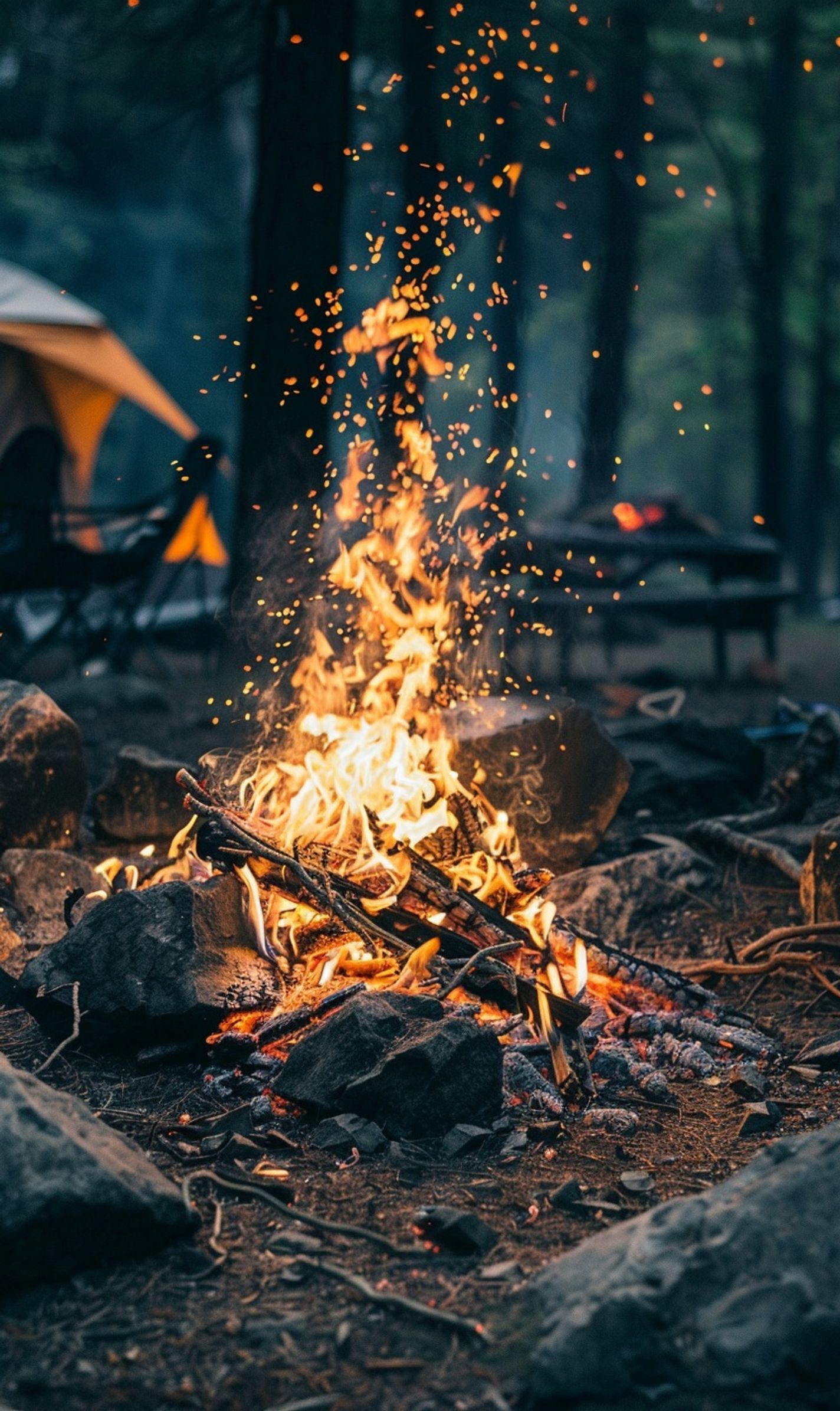
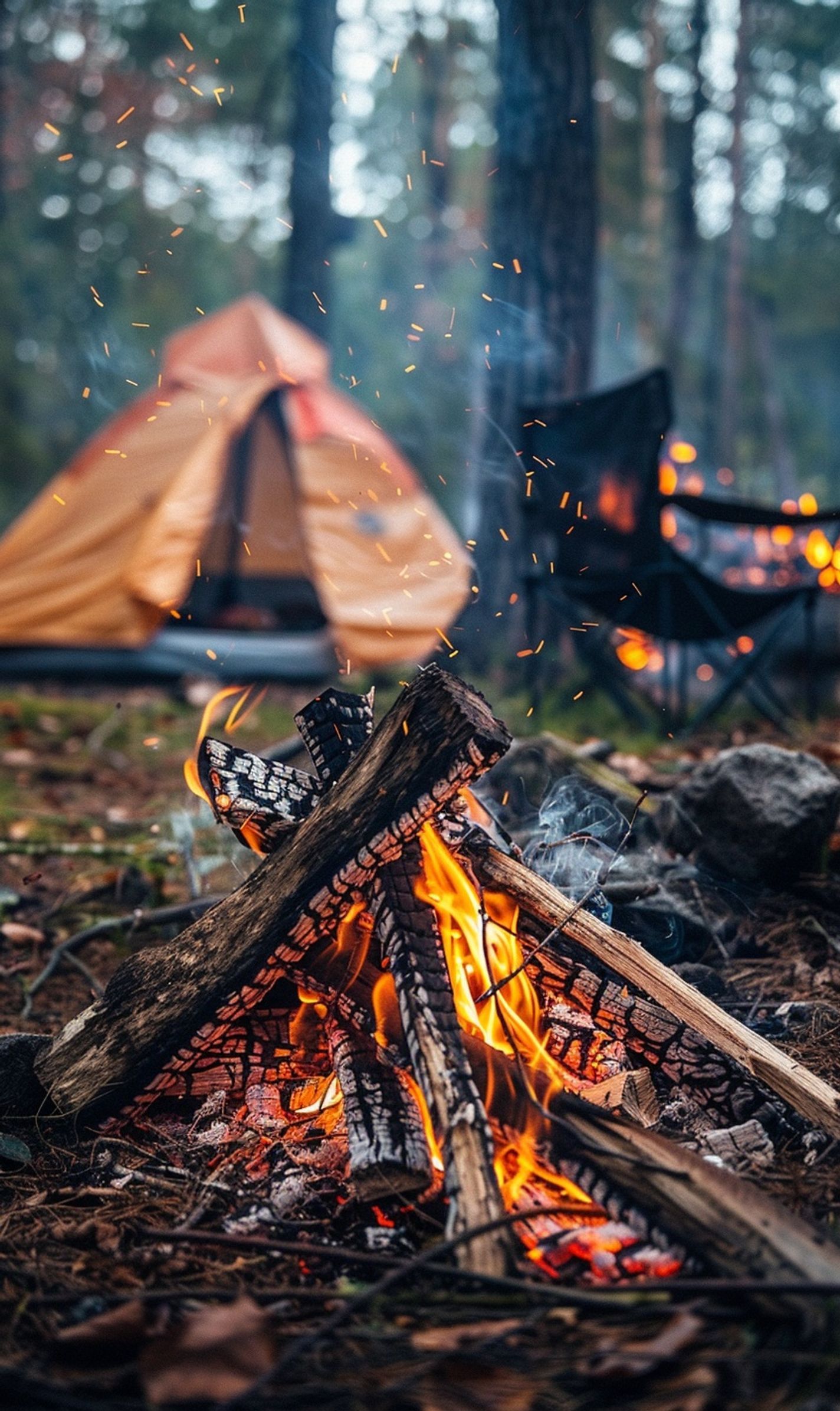
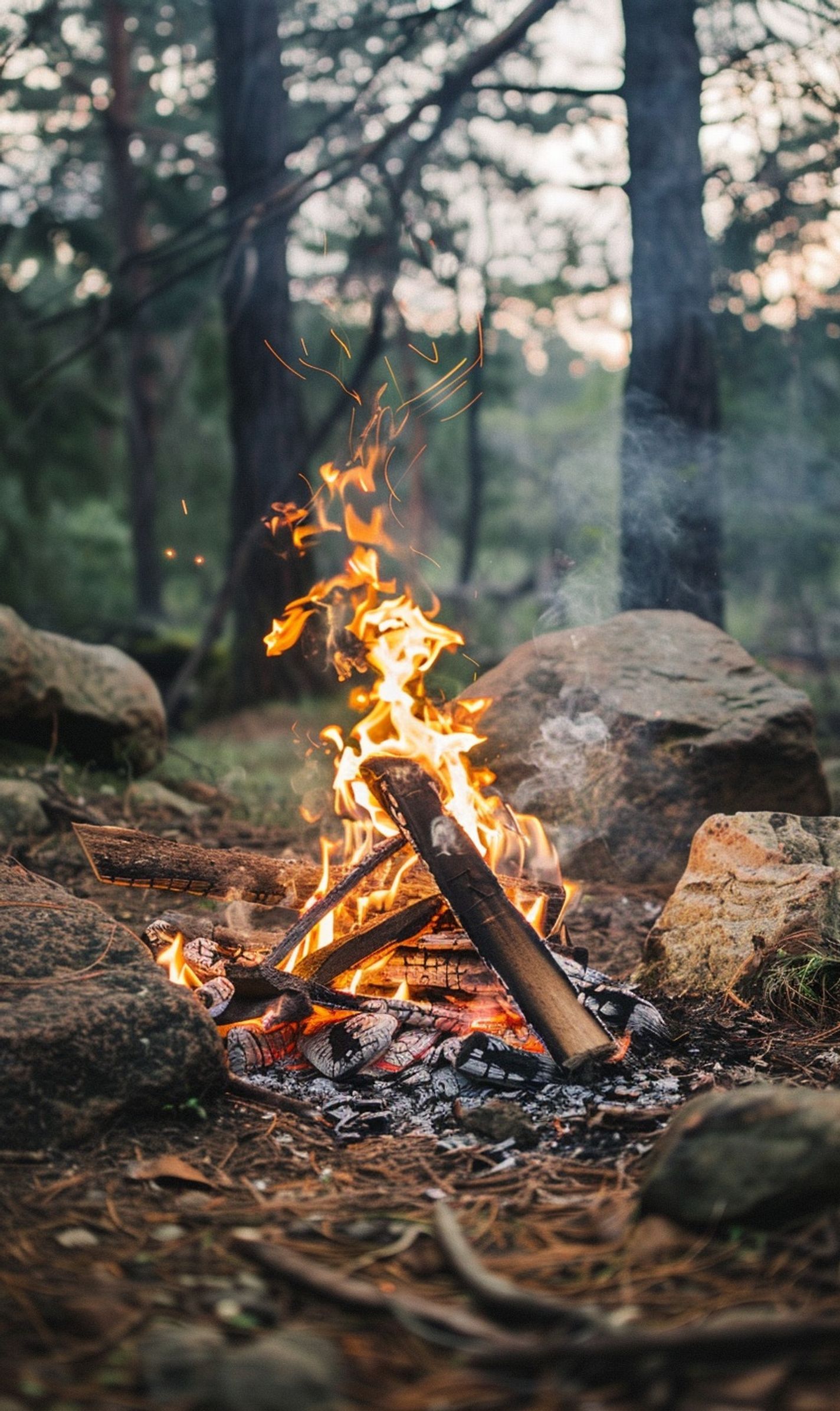
Utilizing Natural Fire Starters
Starting a campfire can sometimes be challenging. But fear not; there are natural fire starters you can use to light your campfire in an eco-friendly way. Let’s explore some of this sustainability. You are selecting to start your campfire by reducing your impact on the environment, Needles, and Leaves.
Instead of using chemical-laden fire starters, why not opt for the natural abundance surrounding you? Gather some dry pine needles and leaves to create a natural tinder bundle. These easily ignite and can help you get your campfire roaring quickly.
Birch Bark
Birch bark is nature’s fire starter. Its flammable oils are an excellent choice for igniting your campfire. Peel off some birch bark and use it to get your fire going effortlessly.
Fatwood
Derived from the resin-rich heartwood of pine trees, fatwood is a reliable and sustainable fire starter. This natural material is highly flammable, making it an efficient way to ignite your campfire while minimizing environmental impact.
Incorporating these natural fire starters into your camping routine reduces the need for artificial fire-starting products and embraces a more sustainable approach to enjoying the great outdoors. Remember, a little effort in choosing eco-friendly practices can go a long way in preserving the beauty of our natural surroundings!
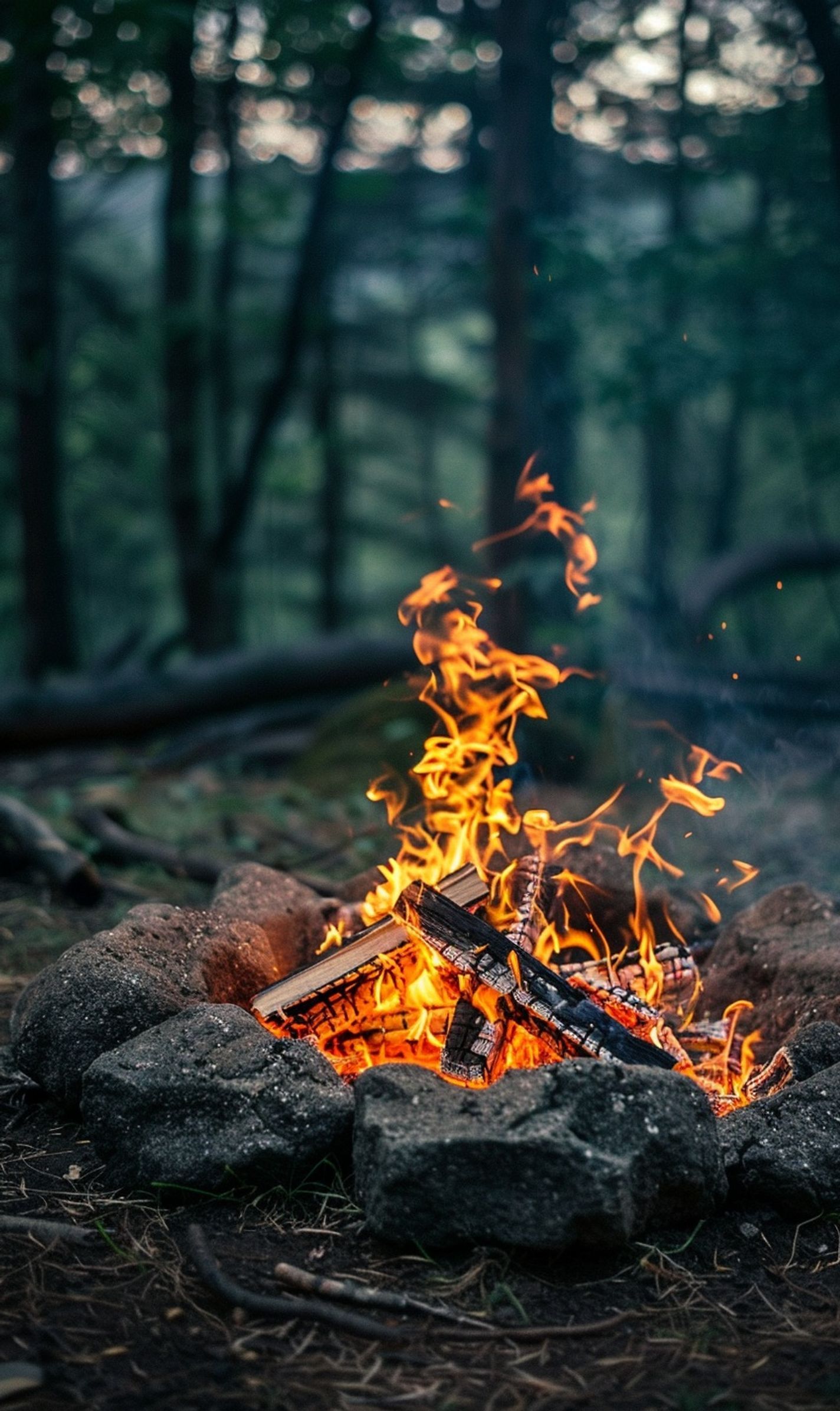
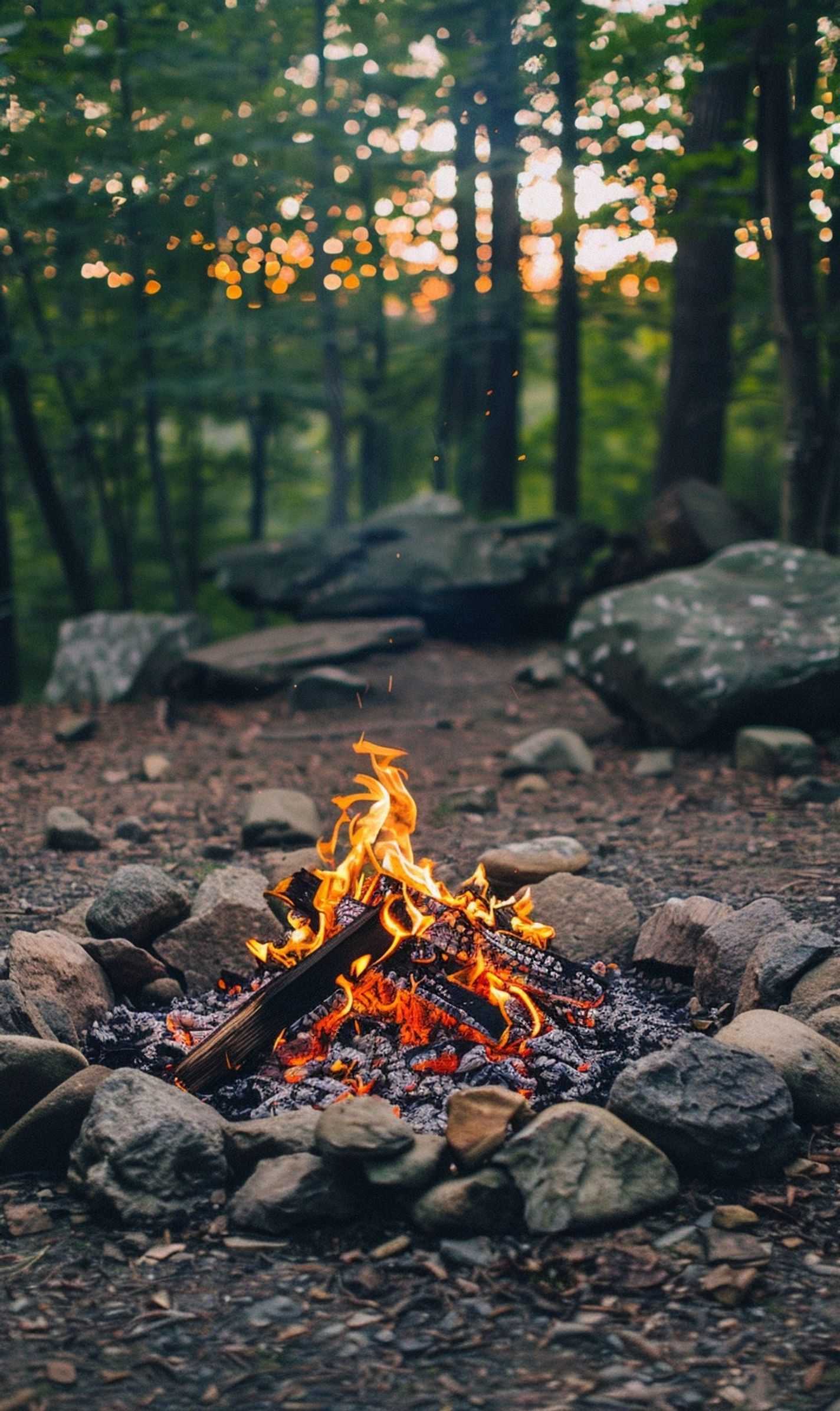
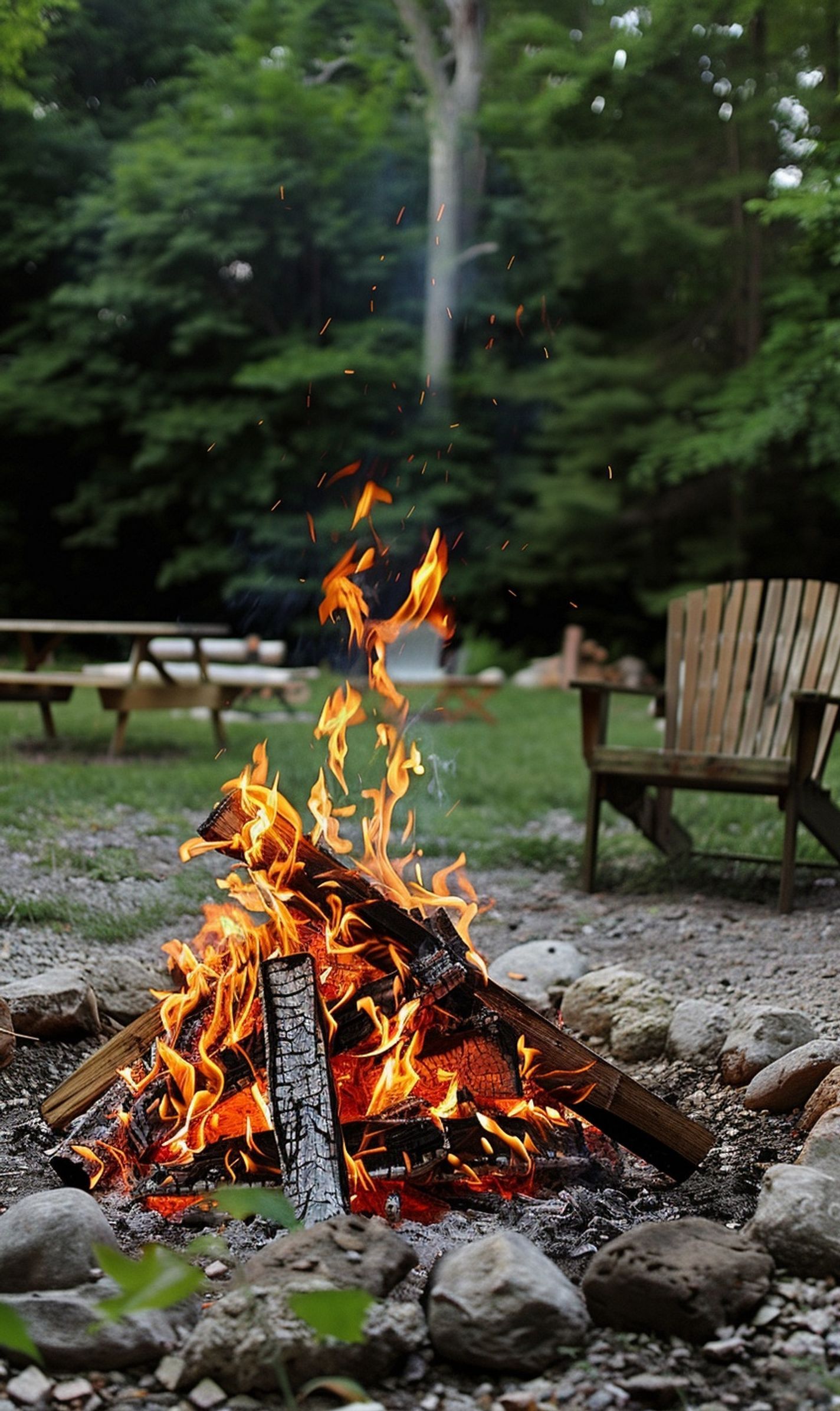
Building a Low-Impact Campfire Pit
Picture incorporatingtled in the heart of nature, surrounded by a reduced symphony of wildlife. The crackling sound of a camp embraces warmth and ambiance to your outdoor retreat. But how can you enjoy this experience while minimizing your environmental impact? Let’s delve into the art of building a low-impact Let’sire pit.
Choose the Right Location
Before crafting your campfire pit, scout for a level, open space away from overhanging branches or dry vegetation. This ensures your fire won’t spread and damage the surrounding ecosystem. You won’t need a Fire Ring.
Don’t Willhallow pit and encircle it with rocks or a metal fire ring. This containment structure helps contain the fire and prevent it from spreading. Remember, leaving no trace is critical!
Consider Sustainable Kindling
If you care about sustainability, opt for locally sourced dead wood as kindling. Fallen branches and twigs make excellent fuel without disrupting the natural balance.
- Use sustainable firewood from the campground or local vendors.
- Avoid branches hanging from live trees—green wood releases more smoke and pollutants.
Monitor Your Fire
Keep your campfire small and manageable. This conserves resources and reduces the risk of a more enormous, uncontrollable blaze. Remember, enjoying a modest fire is better than risking a fire.
- Never leave your campfire unattended.
- Have water or a fire extinguisher handy for emergencies.
Extinguish Responsibly
When it’s time to wind down, thoroughly douse the fire with its water. Stir the embers, ensuring everything is cool to the touch. This step is crucial in preventing smoldering fires that can reignite and cause harm.
By following these eco-friendly campfire practices, you’re preserving the natural beauty around you and setting a positive example for future campers. Let’s nurture our connection with nature while treLet’s lightly o,n the Earth!
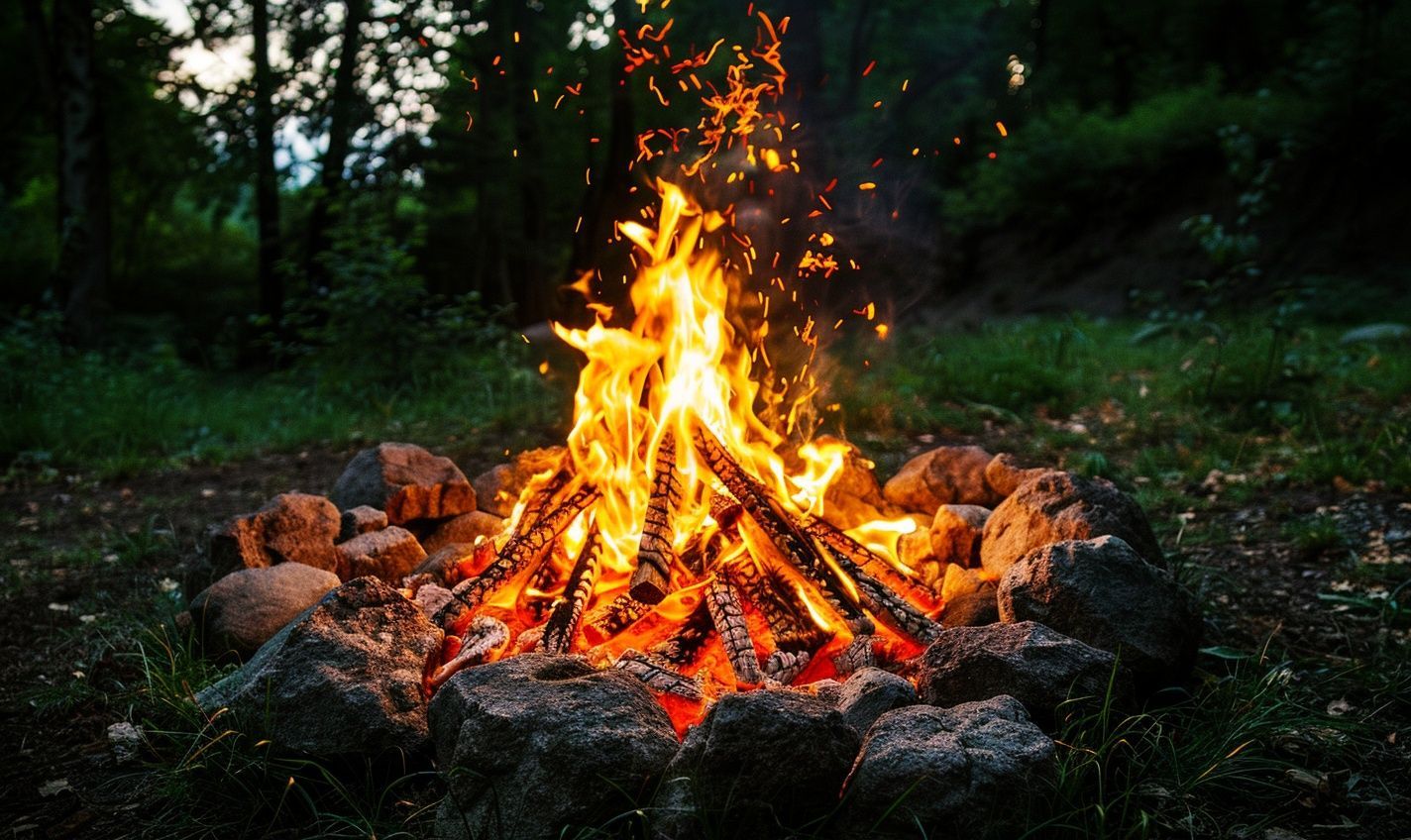
Practicing Proper Fire Safety Measures
Building a campfire is one of the most beloved activities during a camping trip. The crackling flames, warmth, and cozy ambiance it creates all contribute to the camping experience. However, it is crucial to remember that with great fire comes great responsibility. Let’s discuss some essential eco-friendly campfireLet’stices to ensure a safe and enjoyable camping experience.
Keep a Safe Distance
Always maintain a safe distance between your campfire and surrounding trees, tents, and other flammable objects. Remember, a tiny spark can quickly turn into a dangerous wildfire that can harm the environment and wildlife.
Never Leave Your Fire Unattended
Just like you wouldn’t leave a pot of boiling water unattended wouldn’t’ve, you should never leave your campfire unattended. Ensure there is always someone responsible for supervising the fire to prevent accidents.
Extinguish Your Fire Completely
Before calling it a night or leaving your campsite, thoroughly extinguish your campfire. Pour water over the embers, stir them, and add water until you can place your hand over the ashes without heat.
Remember, the goal is not just to put out the fire but to eliminate any potential threat of it reigniting and causing harm.
Dispose of Ashes Properly
Once your campfire is completely extinguished, it is essential to dispose of the ashes properly. Scoop them into a bag, take them with you, or scatter them in a designated ash pit if available. Never leave them at your campsite as they can harm the environment.
Proper fire safety measures protect the environment and ensure your safety and that of your fellow campers. By being vigilant and responsible, you can enjoy the beauty of a campfire without causing harm. Let’s do our part to preserve nature’s beauty for future generations.
Using Econature’sy Cooking Methods
One of the best parts of camping is cooking over an open fire. Not only does it provide a sense of nostalgia, but it also uniquely allows you to connect with nature. However, traditional campfires can harm the environment if not managed properly.
Opt for Sustainable Cookware
Choosing eco-friendly cooking equipment can currently reduce your carbon footprint. Look for reusable utensils and plates made from recycled materials. Biodegradable cutlery is also a great option to minimize waste.
Cook with Natural Ingredients
Instead of relying on processed foods wrapped in plastic, try cooking with fresh, local ingredients. Not only does this enhance the flavor of your meals, but it also supports local farmers and reduces packaging waste.
Utilize Renewable Energy Sources
Consider using a solar-powered or biomass camp stove to reduce reliance on traditional fuels. These innovative alternatives are environmentally friendly and efficient for cooking in outdoor settings.
Practice Leave-No-Trace Principles
After cooking your meal, properly dispose of any food scraps and packaging. Follow the leave-no-trace principles by cleaning your cooking area and removing garbage. Leave nature as you found it, or even better!
Incorporating eco-friendly ingredients while minimizing environmental impact can help you enjoy delicious meals. Remember, small changes in your cooking habits can significantly benefit the planet.
Respecting Fire Bans and Restrictions
When it comes to enjoying the great outdoors and having a campfire, it’s essential always to prioritize eco-friendly city practices. One crucial aspect of this is respecting fire bans and restrictions. Here’s why this is so important:
Preserving NatureHere’sance
Fire bans are typically placed in nature to protect the surrounding environment. By following these restrictions, you’re contributing to preserving delicate ecosystems and wildlife habitats.
Ensuring Public Safety
Respecting fire bans also plays a significant role in preventing wildfires and ensuring the safety of both campers and the local community. It’s a shared responsibility to reduce the risk of IT-related incidents.
Setting a Positive Example
By adhering to fire bans and restrictions, you’re setting a positive example for others. Your actions can inspire fellow campers to be mindful of their impact on the environment and engage in responsible camping practices.
But how can you effectively respect fire bans and restrictions? Here are some simple tips to help you stay compliant while still enjoying your outdoor experiences:
- Check for any current fire bans or restrictions in the area before you our alternative ways to cook meals, such as using a camping stove
- Focus on activities that don’t involve open flames, like stargazing or stordon’ting
Protecting our environment and promoting safety should always be at the forefront of your camping adventures. By respecting fire bans and restrictions, you preserve nature’s beauty and strengthen your commitment to sustainable outdoor practices.
Conclusion
As outdoor enthusiasts, we must prioritize eco-friendly praises, even when enjoying something as simple as a campfire. Following these green campfire tips and adopting eco-friendly fire practices can significantly reduce our environment, preserve nature’s beauty, and strengthen the gen-commitment to sustain the great outdoors.
Remember, every small effort contributes to a more significant positive impact. From using sustainable firewood to properly extinguishing your fire and leaving no trace behind, these simple actions can make a big difference in protecting our planet.
Next time you head out for a camping trip, consciously implement these eco-friendly campfire practices. Share these tips with fellow campers and set an example of responsible outdoor behavior. Together, we can help conserve our natural resources and promote sustainability in everything we do.
Let’s strive to enjoy the beauty of nature without letting it. With mindfulness and a commitment to eco-friendly practices, we can all play a part in preserving the environment for generations. So, let’s embrace green campfire tips and positively impact our planet!
Frequently Asked Questions (FAQs)
What are eco-friendly campfire practices?
Eco-friendly campfire practices involve using sustainable firewood, minimizing the size of the fire, and ensuring it is completely extinguished before leaving.
How can I reduce the environmental impact of my campfire?
You can reduce the impact by using locally sourced firewood, avoiding accelerants, and packing all trash, including burnt materials.
What should I do with the ashes after the campfire?
Allow the ashes to cool completely, then scatter them at least 200 feet from water sources or campsites.
Is it safe to use fallen branches for a campfire?
Using fallen branches is eco-friendly as long as they are not part of the ecosystem or are home to any wildlife.
How can I start a campfire without harming the environment?
Use natural fire starters like dry leaves or pine needles, and avoid using chemical-based products that can release harmful toxins into the environment.
Why is it essential to properly extinguish a campfire?
Properly extinguishing a campfire is crucial to preventing wildfires and protecting the environment and wildlife from the dangers of uncontrolled fire.







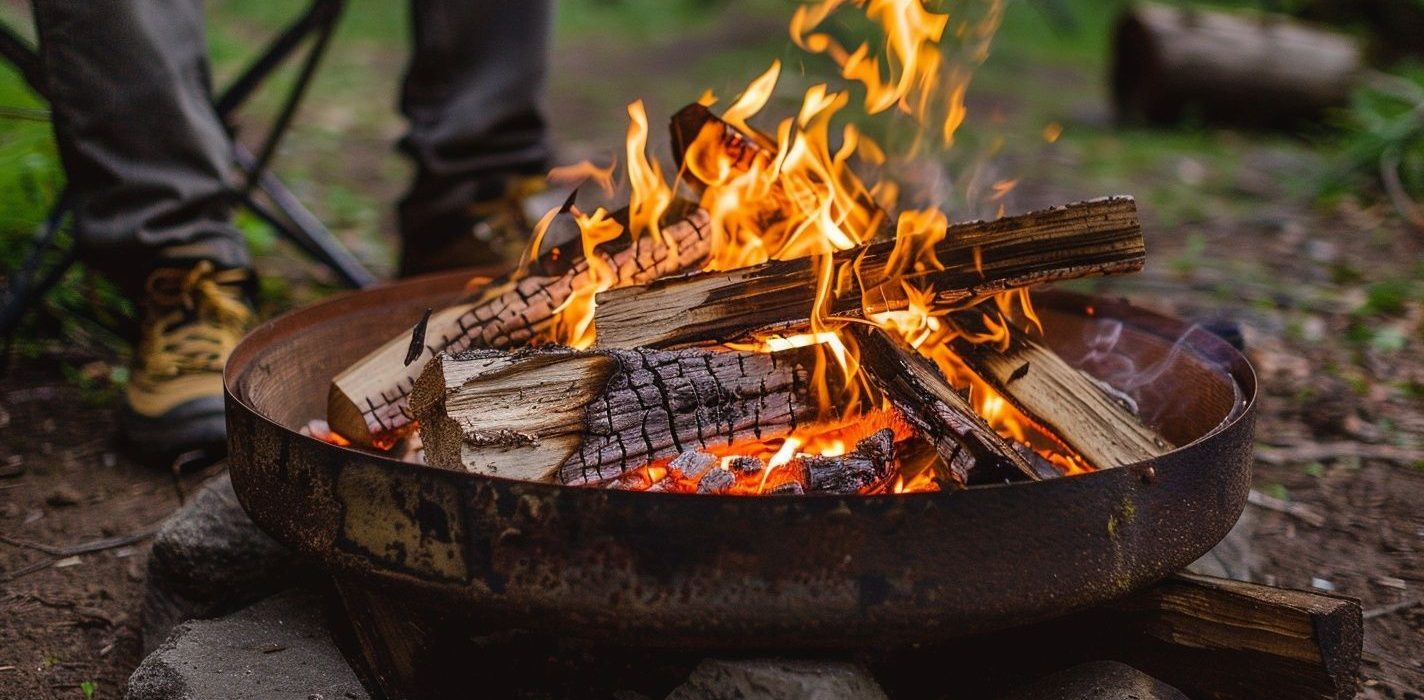

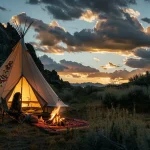
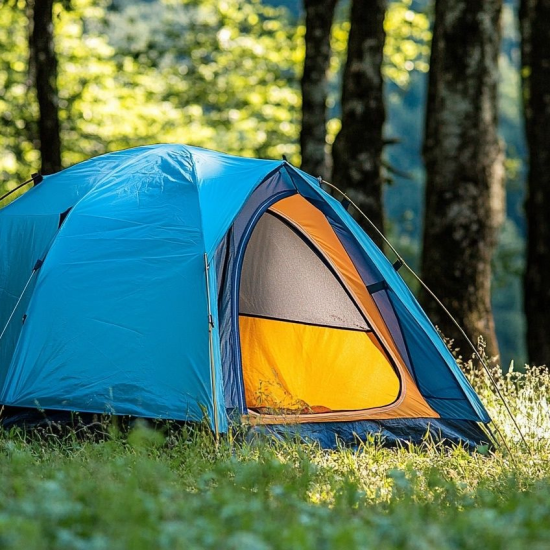
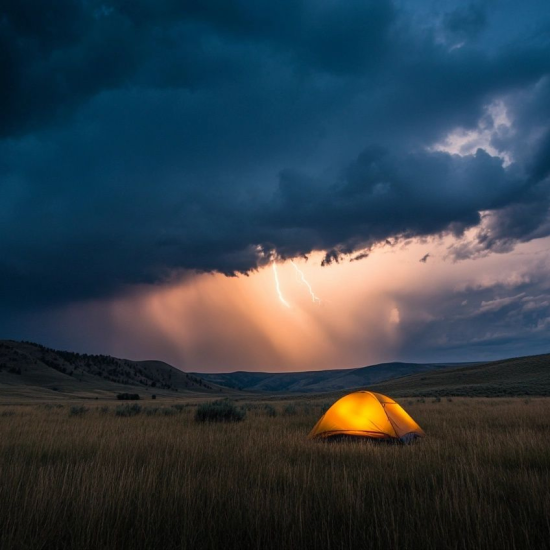
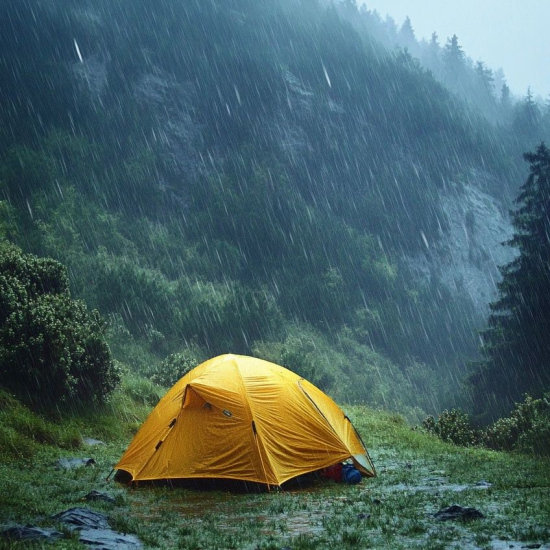
No Comment! Be the first one.